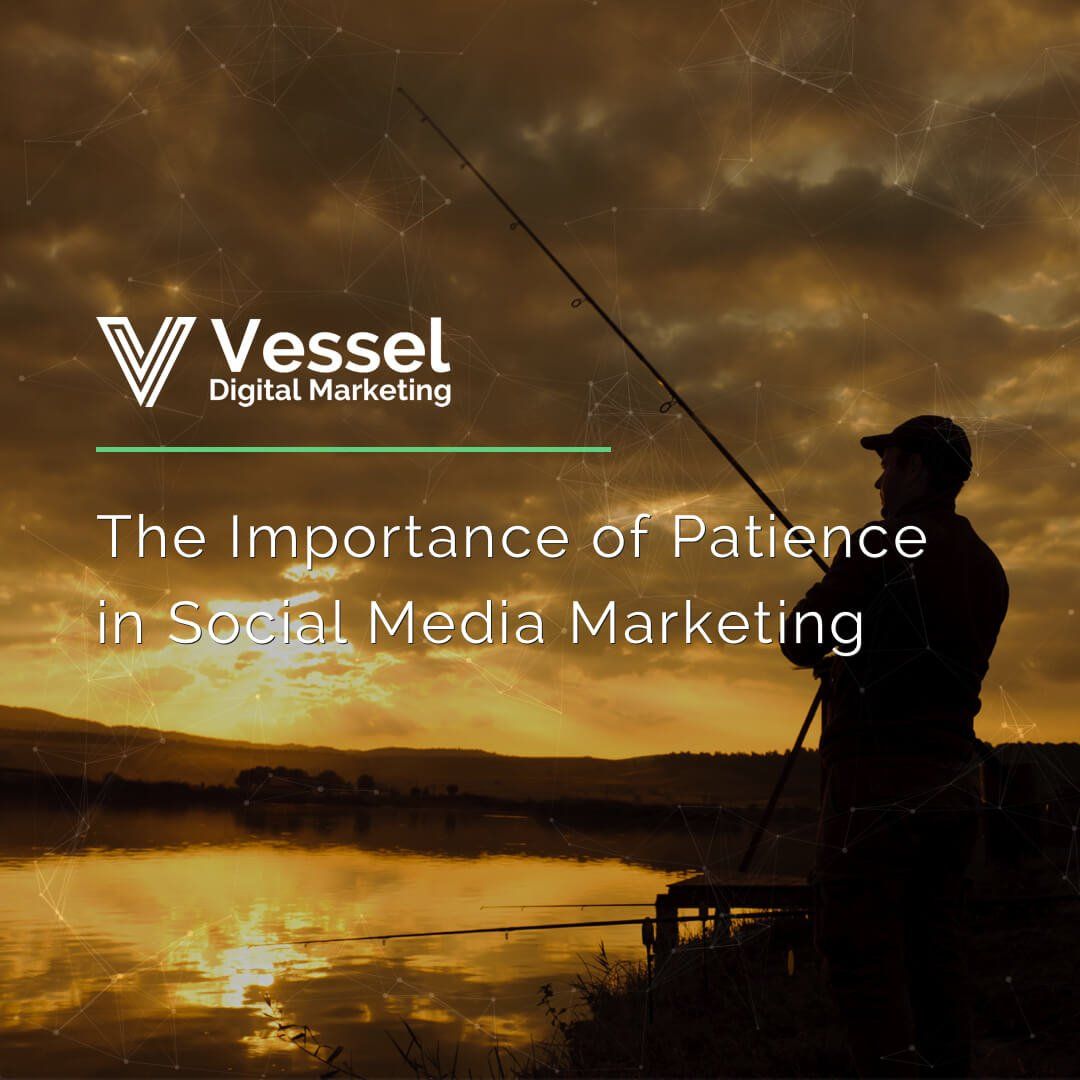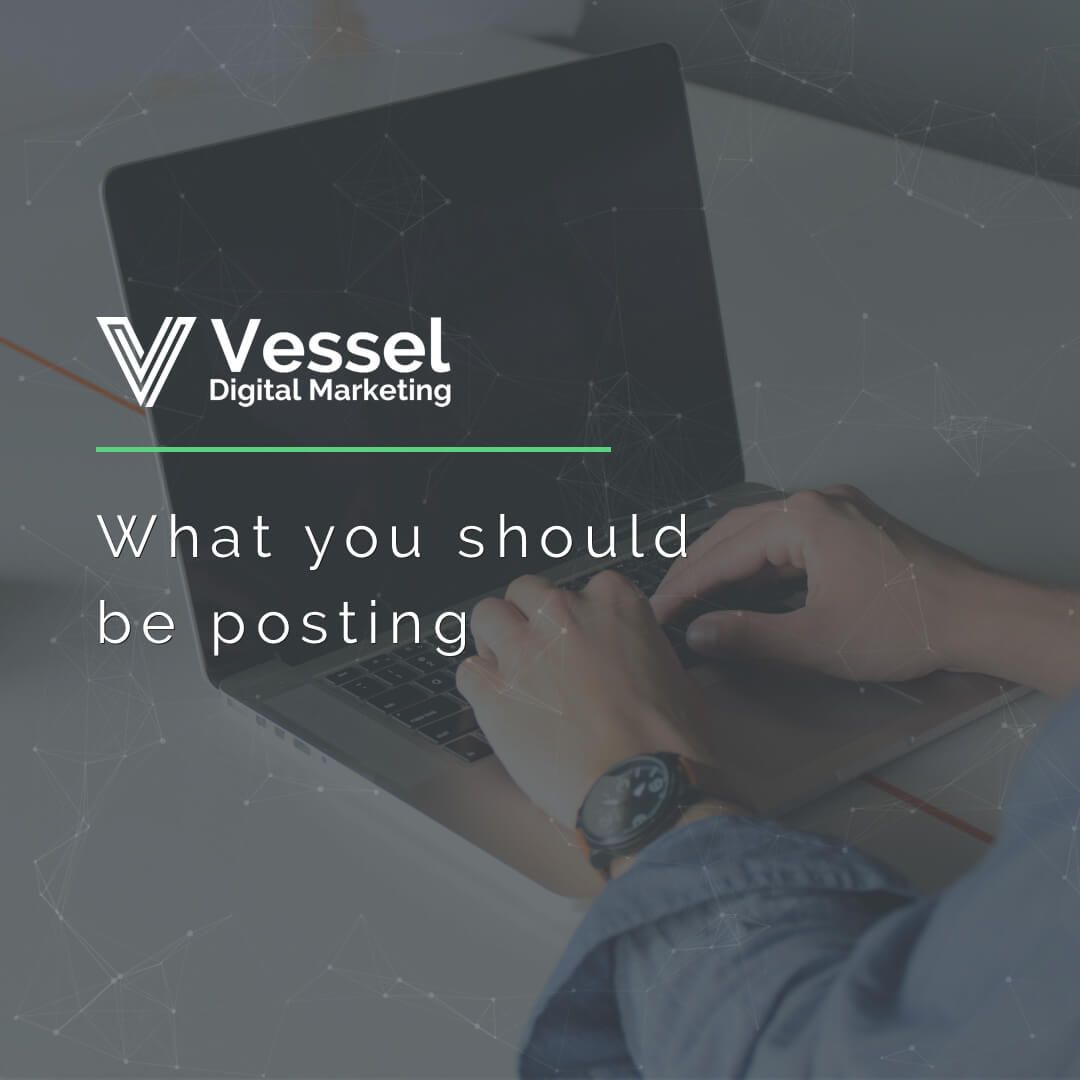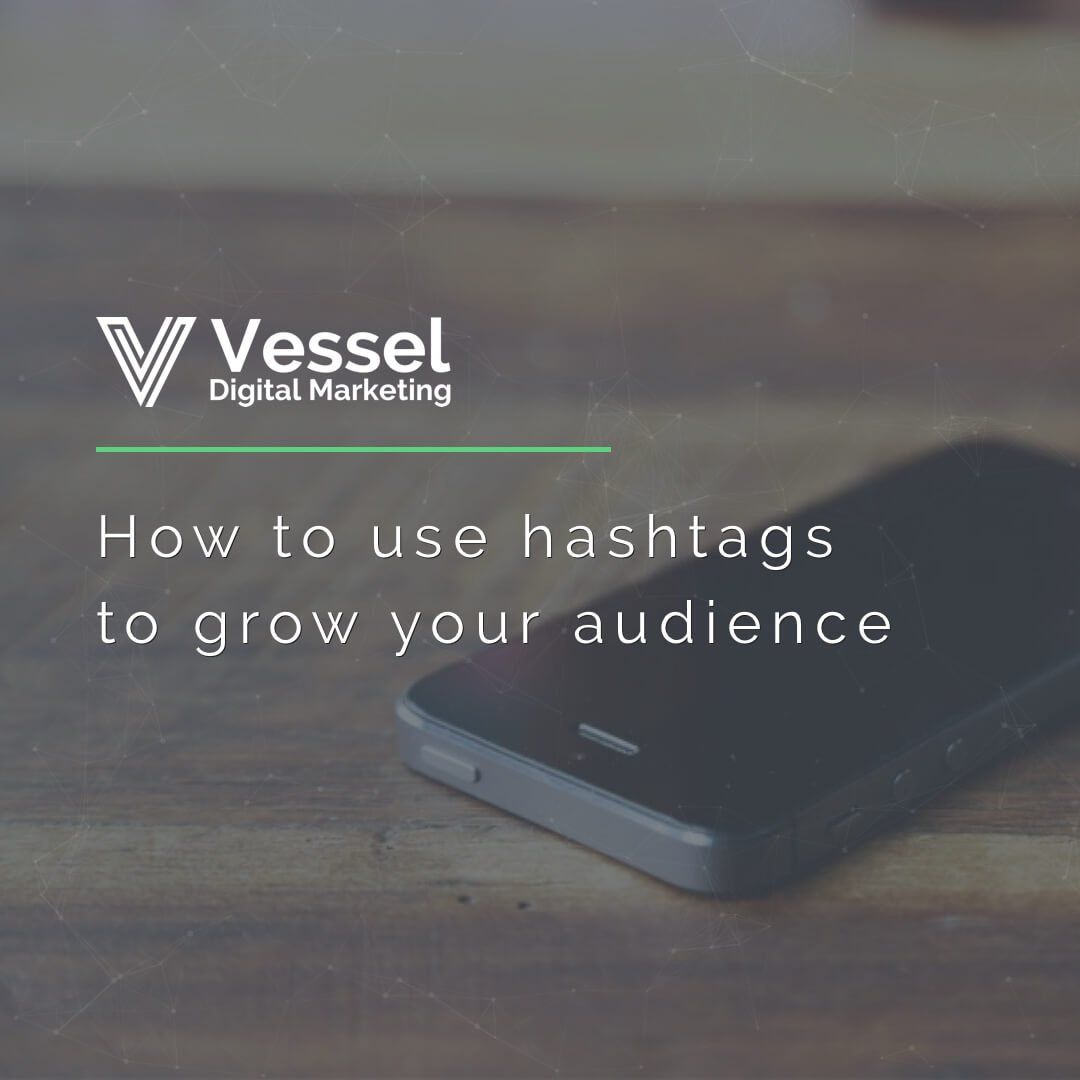Blog
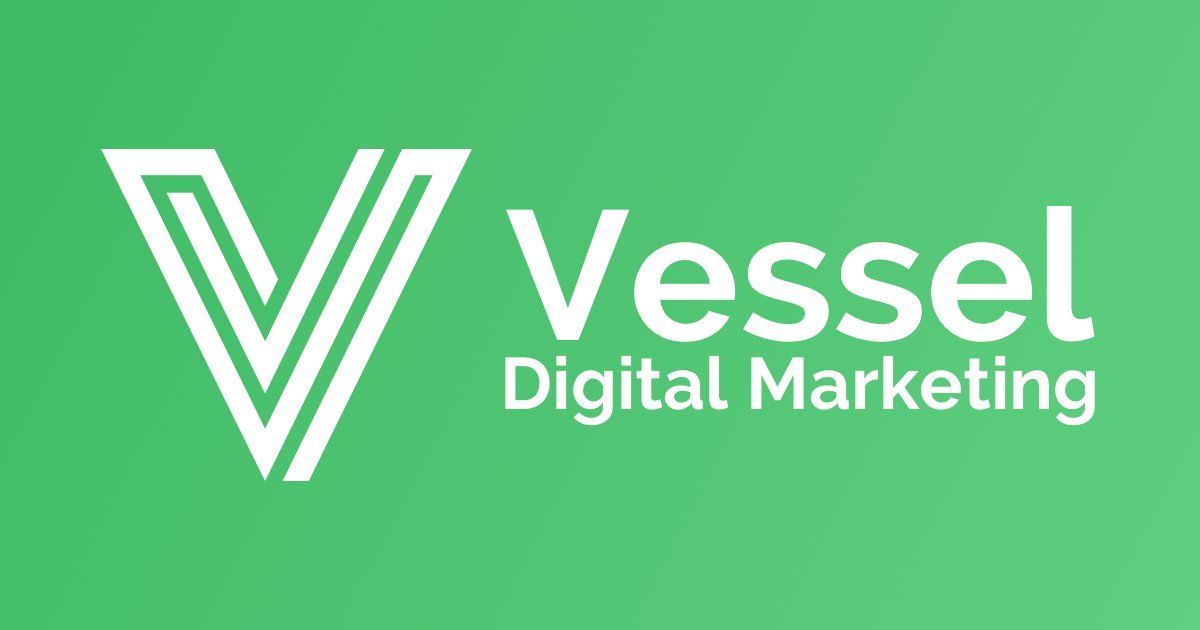
In today's digital age, social media has become an integral part of our lives. People spend countless hours scrolling through social media feeds, liking, commenting, and sharing content. Social media has also become an essential tool for businesses to connect with their audience and promote their products or services. In this blog post, we will explore the importance of social media marketing and how it can benefit your business. Increased Brand Awareness Social media is a great platform to increase brand awareness and reach a wider audience. With billions of active users on social media platforms like Facebook, Instagram, and Twitter, businesses can reach a large number of people with their content. By creating engaging and shareable content, businesses can increase their brand visibility and attract new customers. Better Customer Engagement Social media provides businesses with an opportunity to connect with their customers on a personal level. Customers can interact with businesses through comments, direct messages, and posts, and businesses can respond to their queries and feedback. By engaging with their customers, businesses can build a loyal customer base and improve customer satisfaction. Targeted Advertising Social media platforms like Facebook and Instagram allow businesses to target their ads to specific audiences based on demographics, interests, and behaviors. This targeted advertising can lead to better conversion rates and a higher return on investment (ROI). Cost-Effective Marketing Compared to traditional advertising methods like print, TV, or radio ads, social media marketing is relatively low-cost. Businesses can create and promote their content on social media platforms without spending a lot of money. This makes it a cost-effective way to promote products or services and reach a wider audience. Improved SEO Social media can also help businesses improve their search engine rankings . When businesses share their content on social media, they increase the chances of getting backlinks to their website. Backlinks are important for SEO, and businesses with high-quality backlinks are more likely to rank higher in search engine results pages (SERPs). Valuable Customer Insights Social media platforms provide businesses with valuable insights into their customers' behavior and preferences. By analyzing metrics like engagement rates, reach, and impressions, businesses can learn more about their target audience and create content that resonates with them. Competitor Analysis Social media also provides businesses with an opportunity to analyze their competitors' marketing strategies. By following their competitors on social media, businesses can learn about their strengths and weaknesses, and create a strategy that differentiates them from their competitors. Social media marketing is an essential tool for businesses to connect with their audience and promote their products or services. It provides businesses with an opportunity to increase brand awareness, engage with customers, target their ads to specific audiences, and analyze valuable customer insights. By leveraging the power of social media, businesses can improve their digital marketing strategy and grow their business.

In the world of digital marketing , email marketing remains one of the most effective and efficient channels for businesses to engage with their customers. Despite the rise of social media and other digital channels, email marketing continues to offer a high return on investment (ROI) for businesses of all sizes. In this blog post, we will explore the importance of email marketing and provide tips on how to create an effective email marketing campaign. Reach Your Target Audience One of the primary benefits of email marketing is the ability to reach your target audience directly. By building an email list of subscribers who have opted in to receive your messages, you can ensure that your marketing messages are being delivered to people who are interested in what you have to offer. Unlike social media, where algorithms may limit the reach of your posts, email marketing allows you to reach your audience directly and more reliably. Cost-Effective Marketing Another advantage of email marketing is its cost-effectiveness. Compared to other marketing channels, such as print or television advertising, email marketing is relatively inexpensive. There are no printing or postage costs associated with email marketing, and many email marketing platforms offer affordable pricing plans based on the size of your email list. Build Relationships and Customer Loyalty Email marketing allows businesses to build relationships and foster customer loyalty by providing valuable content, promotions, and other incentives. By sending personalized messages that are relevant to the interests and needs of your subscribers, you can create a sense of trust and establish your brand as a thought leader in your industry. This, in turn, can lead to increased customer loyalty and repeat business. Measure Your Results Email marketing platforms offer a range of metrics that allow you to measure the success of your campaigns. By tracking metrics such as open rates, click-through rates, and conversion rates, you can gain insights into what is resonating with your audience and make data-driven decisions to improve your future campaigns. Automate Your Marketing Many email marketing platforms offer automation features that allow businesses to create automated email sequences based on subscriber behavior. For example, you can set up a welcome email series for new subscribers or create an abandoned cart email sequence to encourage customers to complete their purchase. This can help streamline your marketing efforts and ensure that your subscribers are receiving timely and relevant messages. Tips for Creating an Effective Email Marketing Campaign Build a Quality Email List The success of your email marketing campaign depends on the quality of your email list. To build a quality list, you should focus on attracting subscribers who are genuinely interested in your products or services. You can do this by offering incentives such as exclusive content, discounts, or free trials. Personalize Your Messages Personalization is key to the success of your email marketing campaigns. By addressing your subscribers by name and sending messages that are tailored to their interests and needs, you can increase the likelihood that they will engage with your messages and take action. Create Compelling Content The content of your emails is critical to their success. Your emails should be visually appealing, easy to read, and provide value to your subscribers. You can do this by including educational content, entertaining videos, or special promotions. Optimize for Mobile With the rise of mobile devices, it's important to ensure that your emails are optimized for mobile viewing. This means using responsive design that adjusts to different screen sizes and ensuring that your content is easy to read and navigate on a small screen. Test and Refine Your Campaigns Finally, it's essential to test and refine your email marketing campaigns regularly. By tracking metrics such as open rates, click-through rates, and conversion rates, you can identify what is working and what needs to be improved. By making data-driven decisions, you can continuously optimize your campaigns and improve your ROI. In conclusion, email marketing remains an essential tool for businesses to engage with their customers and drive revenue. By building a quality email list, personalizing your messages, creating compelling content, optimizing for mobile, and testing and refining your campaigns, you can create an effective email marketing strategy that delivers results.

In the world of digital marketing , content is king . Content marketing has become an essential part of any business's marketing strategy, and for a good reason. In this blog post, we will explore the importance of content marketing and provide tips on how to create a successful content marketing strategy. Why is Content Marketing Important? Builds Trust and Credibility Content marketing is an excellent way to establish your brand as a thought leader in your industry. By creating high-quality content that educates and informs your audience, you can build trust and credibility with your target audience. When customers trust your brand, they are more likely to become loyal customers. Drives Traffic to Your Website High-quality content can also help drive traffic to your website. When you create content that answers your audience's questions or solves their problems, you are more likely to rank higher in search engine results pages (SERPs). This can lead to more organic traffic to your website, which can lead to more leads and sales. Generates Leads and Sales Content marketing can also help generate leads and sales. When you create content that is relevant and valuable to your audience, you can attract potential customers to your website. Once they are on your website, you can use lead magnets like e-books, whitepapers, or webinars to capture their contact information and nurture them into paying customers. Increases Brand Awareness Content marketing can also increase brand awareness. When you create high-quality content and promote it through various channels like social media, email marketing, or influencer marketing, you can reach a wider audience and get more eyes on your brand. This can lead to more brand recognition and ultimately more sales. Tips for Creating a Successful Content Marketing Strategy Define Your Target Audience The first step in creating a successful content marketing strategy is to define your target audience. Who are they? What are their interests and pain points? What motivates them to make a purchase? By understanding your audience, you can create content that resonates with them and drives engagement. Choose Your Content Formats The next step is to choose your content formats. Content can come in many different forms, including blog posts, videos, podcasts, e-books, whitepapers, webinars, and more. You should choose the content formats that align with your audience's preferences and your brand's goals. Create High-Quality Content Once you have chosen your content formats, you need to create high-quality content that educates, entertains, or solves a problem for your target audience. Your content should be well-researched, informative, and well-written. You should also aim to create content that is unique and different from what your competitors are doing. Promote Your Content Creating high-quality content is not enough. You also need to promote your content to get it in front of your target audience. You can promote your content through various channels, including social media, email marketing, influencer marketing, and more. You should also optimize your content for search engines to increase its visibility in SERPs. Measure Your Results Finally, you need to measure your content marketing results to determine what is working and what is not. You can use tools like Google Analytics to track your website traffic, engagement metrics, and conversion rates. You should also analyze your social media metrics to see which content is resonating with your audience and adjust your content strategy accordingly. Content marketing is a vital part of any digital marketing strategy. By creating high-quality content that educates, entertains, or solves a problem for your target audience, you can build trust and credibility, drive traffic to your website, generate leads and sales, and increase brand awareness. By following the tips outlined in this blog post, you can create a successful content marketing strategy.

In our previous blog post , we provided an overview of the different types of digital marketing, including Pay-Per-Click Advertising (PPC) . In this follow-up post, we will delve deeper into the importance of PPC and how it can benefit your business. What is PPC Advertising? PPC advertising is a form of digital advertising where you pay each time a user clicks on your ad. It allows you to target specific keywords and demographics to reach your target audience. Google Ads and Facebook Ads are the two most popular platforms for PPC advertising. Why is PPC Important for Your Business? Targeted Advertising One of the main advantages of PPC advertising is the ability to target specific keywords and demographics. This allows you to reach your target audience with precision and ensures that your ad is seen by the people who are most likely to be interested in your product or service. Measurable Results PPC advertising provides measurable results, allowing you to track your ad's performance and adjust your strategy accordingly. You can track metrics like click-through rate (CTR), conversion rate, and return on investment (ROI) to see how your ad is performing and make data-driven decisions to optimize your campaign. Cost-Effective PPC advertising can be very cost-effective, especially compared to traditional advertising methods like TV or print ads. With PPC, you only pay when someone clicks on your ad, which means you're not wasting money on advertising to people who aren't interested in your product or service. Quick Results PPC advertising can deliver quick results, allowing you to see an immediate increase in website traffic, leads, and sales. Unlike SEO, which can take months to see results, PPC advertising can start driving traffic to your website within hours of launching your campaign. Brand Awareness PPC advertising can also be used to increase brand awareness and reach a wider audience. Even if someone doesn't click on your ad, they will still see your brand name and logo, which can help to build brand recognition and credibility. Tips for Running a Successful PPC Campaign Keyword Research Keyword research is a critical step in any successful PPC campaign. You need to identify the keywords that your target audience is searching for and create ads that are relevant to those keywords. Use tools like Google Keyword Planner to research keywords and their search volume. Compelling Ad Copy Your ad copy should be compelling and encourage users to click on your ad. Use attention-grabbing headlines, clear calls-to-action, and highlight the benefits of your product or service. Your ad should also be relevant to the keyword and landing page it's linking to. Landing Page Optimization Your landing page is where users will be directed after clicking on your ad. Make sure your landing page is relevant to the ad and includes a clear call-to-action. It should also be optimized for conversions, with clear and concise content, easy navigation, and a user-friendly design. Budget Management Set a budget for your PPC campaign and monitor your spending closely. Make sure you're getting a good return on investment and adjust your budget as necessary to optimize your campaign. A/B Testing A/B testing involves creating two versions of an ad or landing page and testing them to see which one performs better. This can help you optimize your campaign and improve your results over time. In conclusion, PPC advertising is an essential part of any digital marketing strategy. It allows you to reach your target audience with precision, deliver quick results, and provide measurable results. With the right strategy and execution, PPC advertising can help you increase website traffic, generate leads, and boost sales for your business.

In our previous blog post , we briefly touched on the importance of Search Engine Optimization (SEO) as a critical part of any digital marketing strategy. In this follow-up post, we'll dive deeper into why SEO is so essential and provide some tips on how to optimize your website for search engines. Why SEO is Important Increased Website Traffic The primary goal of SEO is to increase your website's visibility in search engine results pages (SERPs). By optimizing your website for relevant keywords, you can rank higher in search results and drive more organic traffic to your site. Organic traffic refers to visitors who find your site through a search engine, rather than through paid advertising or other means. Improved User Experience SEO is not just about optimizing your website for search engines; it's also about providing a great user experience. A well-optimized website is easy to navigate, loads quickly, and provides valuable content to users. By improving the user experience, you can increase engagement and reduce bounce rates, which can lead to higher rankings in search results. Increased Credibility and Trust When your website ranks higher in search results, it can improve your credibility and trust with potential customers. Users are more likely to trust websites that appear at the top of search results, as they see them as more authoritative and trustworthy. By optimizing your website for search engines, you can build trust with potential customers and establish your brand as a thought leader in your industry. Cost-Effective Marketing Compared to other forms of digital marketing, SEO is relatively cost-effective. While there are some costs associated with hiring an SEO professional or investing in SEO tools, the long-term benefits of increased traffic and improved user experience can outweigh the costs. Unlike paid advertising, which requires ongoing investment, SEO can provide long-term benefits with minimal ongoing investment. Tips for Optimizing Your Website for SEO Conduct Keyword Research Keyword research is the process of identifying the keywords and phrases that your target audience is searching for. By identifying these keywords, you can optimize your website's content to rank higher in search results. Use keyword research tools like Google Keyword Planner or SEMrush to identify relevant keywords for your business. Optimize Your Website's Content Once you have identified relevant keywords, you need to optimize your website's content to include those keywords. However, it's important to avoid keyword stuffing, as this can actually hurt your SEO efforts. Instead, focus on creating high-quality content that includes relevant keywords in a natural and engaging way. Improve Your Website's User Experience As we mentioned earlier, user experience is an essential part of SEO. To improve your website's user experience, focus on improving site speed, optimizing for mobile devices, and creating easy-to-use navigation menus. Use tools like Google PageSpeed Insights or GTmetrix to identify areas for improvement. Build High-Quality Backlinks Backlinks are links from other websites to your website. They are an essential part of SEO, as they signal to search engines that other websites consider your content valuable and authoritative. To build high-quality backlinks, focus on creating high-quality content that other websites will want to link to. You can also reach out to other websites in your industry and ask them to link to your content. Monitor Your SEO Performance Finally, it's essential to monitor your website's SEO performance regularly. Use tools like Google Analytics or Ahrefs to track your website's traffic, rankings, and backlinks. By monitoring your SEO performance, you can identify areas for improvement and adjust your strategy accordingly. Conclusion SEO is a critical part of any digital marketing strategy. By optimizing your website for search engines, you can increase your website's visibility, improve user experience, build credibility and trust, and drive more organic traffic to your site.

Digital marketing is a term that refers to any form of marketing that utilizes digital channels and technologies to reach and engage with customers. As more and more consumers spend time online, digital marketing has become an essential part of any business's marketing strategy . In this blog post, we will explore the different types of digital marketing and provide tips on how to create an effective digital marketing strategy. Types of Digital Marketing Search Engine Optimization (SEO) SEO is the process of optimizing your website to rank higher in search engine results pages (SERPs) for relevant keywords. It involves a combination of on-page and off-page optimization techniques to improve your website's visibility in search engines like Google, Bing, and Yahoo. On-page optimization includes optimizing your website's content, structure, and code to make it easier for search engines to crawl and index. Off-page optimization includes building high-quality backlinks from authoritative websites, social media marketing, and other techniques to improve your website's authority and relevance. Pay-Per-Click Advertising (PPC) PPC is a form of digital advertising where you pay each time a user clicks on your ad. It allows you to target specific keywords and demographics to reach your target audience. Google Ads and Facebook Ads are the two most popular platforms for PPC advertising. To create a successful PPC campaign, you need to identify your target audience, set a budget, create compelling ad copy, and optimize your campaigns based on performance data. Content Marketing Content marketing involves creating and distributing valuable content to attract and engage your target audience. It can include blog posts, videos, social media posts, infographics, and more. The goal of content marketing is to build trust and establish your brand as a thought leader in your industry. To create an effective content marketing strategy, you need to identify your target audience, understand their pain points and interests, create high-quality content, and promote your content through various channels. Email Marketing Email marketing involves sending promotional messages or newsletters to your subscribers' email inbox. It is a highly effective way to nurture leads, promote your products or services, and build customer loyalty. To create an effective email marketing campaign, you need to build a targeted email list, segment your subscribers based on their interests and behavior, create compelling email copy, and measure your campaign's performance. Social Media Marketing Social media marketing involves promoting your brand or products on social media platforms like Facebook, Twitter, Instagram, and LinkedIn. It allows you to engage with your audience, build brand awareness, and drive traffic to your website. To create an effective social media marketing strategy, you need to identify which platforms your target audience uses, create compelling content that resonates with your audience, engage with your followers, and measure your social media ROI. Tips for Creating an Effective Digital Marketing Strategy 1. Define Your Goals and Objectives The first step in creating an effective digital marketing strategy is to define your goals and objectives. What do you want to achieve with your digital marketing efforts? Do you want to increase website traffic, generate more leads, or boost sales? Once you have defined your goals, you can develop a strategy that aligns with them. 2. Know Your Target Audience To create a successful digital marketing strategy, you need to understand your target audience. Who are they? What are their interests and pain points? What motivates them to make a purchase? By understanding your audience, you can create content and campaigns that resonate with them. 3. Create High-Quality Content Content is the backbone of any digital marketing strategy. To attract and engage your target audience, you need to create high-quality content that educates, entertains, or solves a problem. Your content should be relevant, informative, and well-written. 4. Optimize for Search Engines SEO is a crucial aspect of digital marketing. Optimizing your website for search engines can increase your visibility and help you reach your target audience. Digital marketing is a crucial aspect of modern business. By incorporating all of these strategies into your digital marketing plan, you can improve your visibility, attract more traffic to your website, and grow your business. Whether you're a small business owner or a large corporation, digital marketing can help you reach your target audience and achieve your business goals.
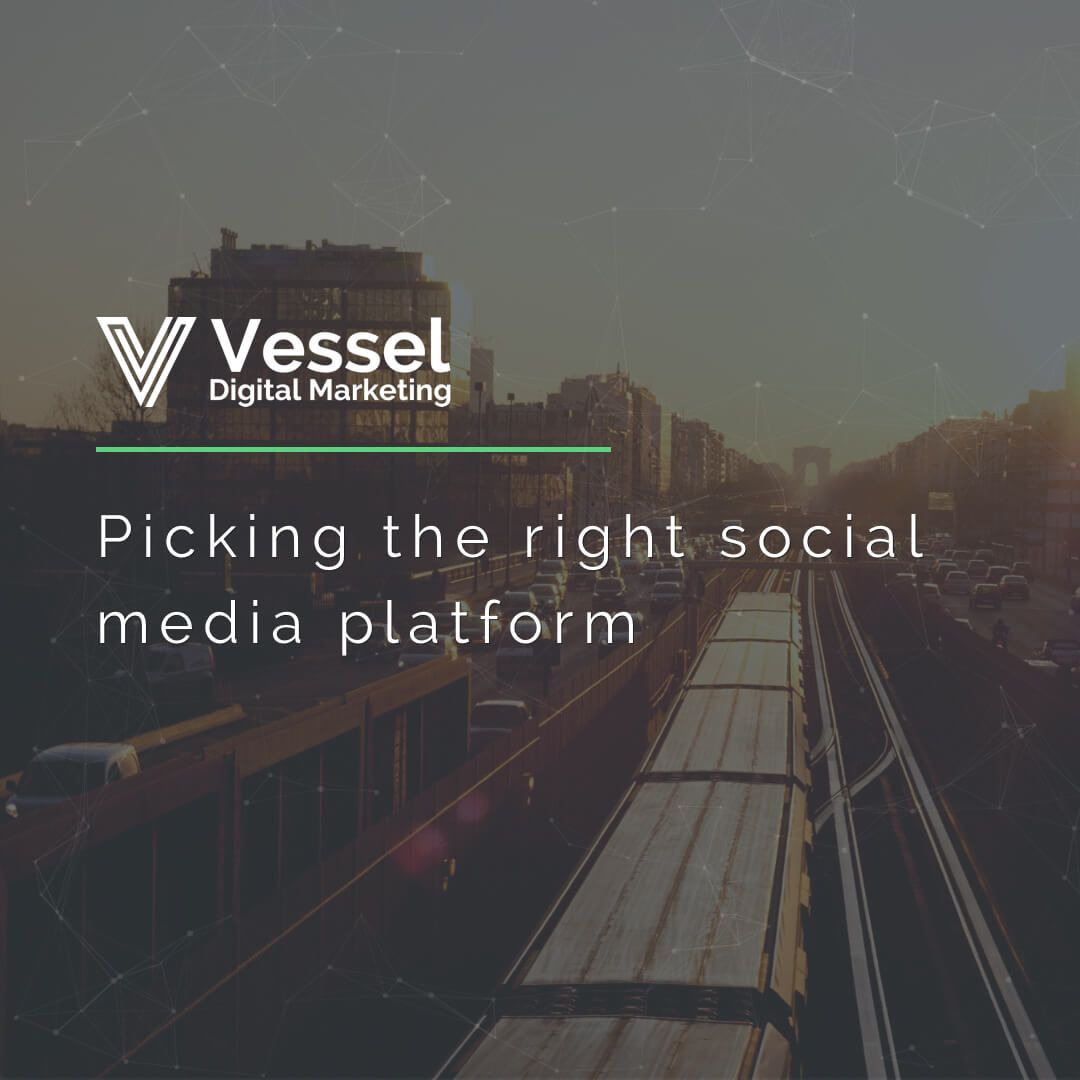
Deciding on the best social media platform for your business can feel like navigating a maze. With so many options out there, how do you choose the right one that aligns with your brand's voice, reaches your target audience , and achieves your marketing goals? It's not just about being present online; it's about making a strategic choice that amplifies your message and engages directly with your customers. This guide cuts through the clutter to help you understand which platform offers the most value to your business, considering factors like user demographics, content type, and engagement features. Let’s dive into finding the perfect social media match for your business needs. Key Takeaways Identifying the best social media platform for your business hinges on understanding your audience's preferences and your brand's goals. Reflect on the unique features and user demographics of each platform to align with your business needs. Facebook is unparalleled for broad reach , making it suitable for businesses aiming to engage with a wide and diverse audience. Consider this platform for its extensive user base and sophisticated ad targeting options. Instagram is the go-to platform for brands with visually appealing products or services, leveraging its image-centric nature to captivate and engage users. Use high-quality visuals and stories to connect with a younger, image-conscious audience. LinkedIn stands out for B2B companies or those seeking professional networking opportunities. It's ideal for sharing industry insights, company news, and professional content to establish thought leadership and corporate branding. The effectiveness of social media marketing is greatly enhanced by crafting engaging, platform-specific content and utilizing each platform's unique advertising tools to reach targeted audiences. Regularly analyzing performance metrics is crucial to understanding the impact of your social media strategy and making data-driven adjustments for continuous improvement.

Genesis Designs was founded in 2011 as a website design and development company. Our goal at the time was simple - help local small businesses get better websites at a cheaper rate. Over the last 6 years we have done exactly that, helping small businesses all over the US get professional, conversion driven websites. Over the last 7 years we have expanded our offerings as our knowledge and capabilities have grown. We now provide top tier website maintenance services with all of our conversion driven websites. We also offer Search Engine Optimization services to drive more traffic to your website. After all, what good is a high-converting, beautifully designed website if no one can get to it. We've been doing this for a while now and we are great at it, but it's not enough. We are always striving to give our clients more. When we agree to take on a client we aren't just saying we will build you a nice website or that we're going to help you get some more people to your site, we are becoming a lifelong brand ambassador for you, which means we really believe in you and your product and will do whatever we can to help you grow. We are passionate about what we do, the services we provide, and the companies we work with. Often, our clients would inquire about their social media or marketing campaigns, even though we didn't officially offer those services they knew we were knowledgeable and may be able to help. Because we care about helping all of our clients as much as possible we have consulted with a number of them on their social media plans and/or marketing campaigns and have helped them see great results. Over this last year we have really taken a step back to reflect on where we started, where we are now, and where we are headed. What we realized is that we are no longer just a web design company, we are a full service digital marketing agency. As a full service digital agency, we now offer social media consulting , social media marketing , and search engine marketing services to all of our clients. So, why the name change? Why not just add our new services, adjust our tagline, and keep doing what we're doing? It's actually quite simple, while we love the name 'Genesis Designs' and the original meaning behind why we chose it, we've simply outgrown it. It no longer represents who we are or what we offer. When we begin working with a company we audit their entire online presence - their website, directory listings, social media profiles, everything. We audit them as a company, find out where they want to go, what they want to achieve, and then we devise a plan to get them there. If you would like to see what we can do for your business, you can set up a free consultation or call us directly at (585) 204-0421 .
Want to know more?
Set up a [free] consultation.
We will walk through your current website and discuss the vision for your new website, as well as any other digital marketing needs you may have.



